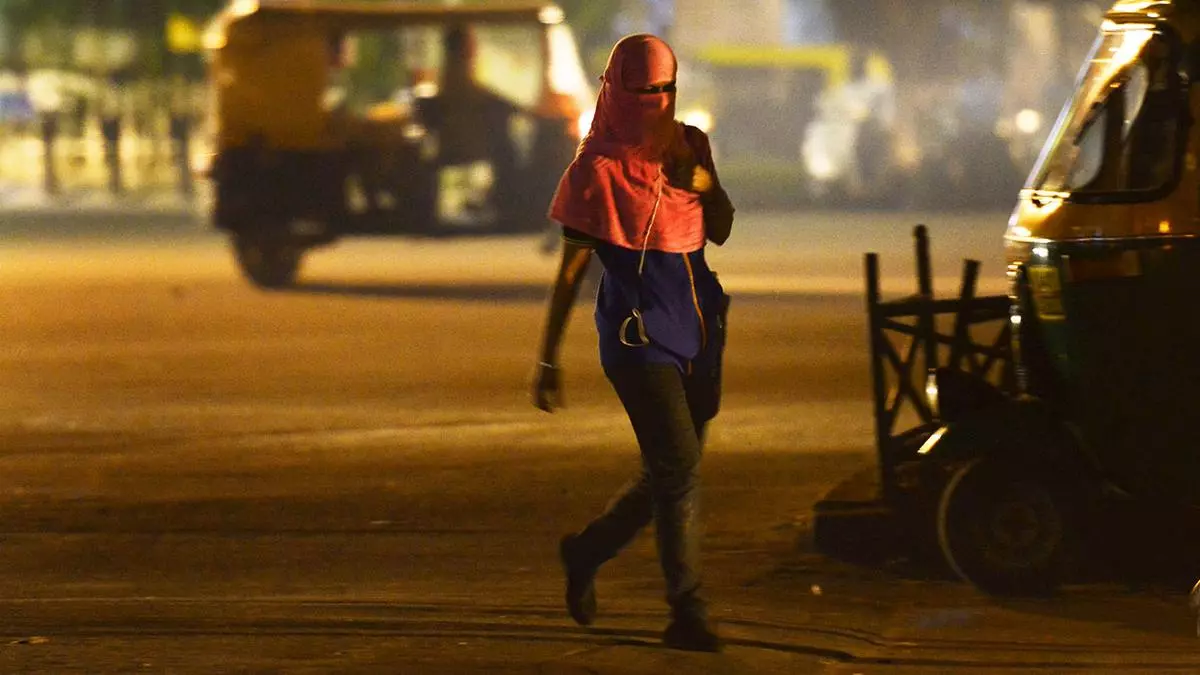
By Luisa Maria Jacinta C. Jocson, Reporter
THE PHILIPPINES is the most insulated from US President-elect Donald J. Trump’s planned restrictive policies among Association of Southeast Asian Nations (ASEAN) economies, HSBC said.
“Across ASEAN, the Philippines is the most resilient country amidst these tariff risks,” HSBC economist for ASEAN Aris D. Dacanay said at a media briefing on Wednesday.
“Vietnam, Thailand, these are the countries exposed to the risk of US tariff rates. But for the Philippines, we are very insulated from that risk.”
The President of the world’s most powerful economy is seeking to implement stricter tariffs and tighter immigration measures, among other policies.
Mr. Trump, who is set to assume the US presidency on Jan. 20, has pledged to impose a 10% universal tariff as well as a 60% tariff on Chinese goods.
Mr. Dacanay flagged the inflationary pressures that could stem from these policies but noted that the impact may be more “watered down” than initially expected.
“We don’t think that these policies will be enacted in full, but they will be enacted to a certain extent. To what extent remains to be uncertain. The good news is, ASEAN is a good place to be.”
For the Philippines in particular, Mr. Dacanay cited the country’s minimal goods export exposure to the US.
“One, our trade surplus or the US trade deficit with the Philippines is negligible. Putting a tariff rate on the Philippines will not really lead to so much,” Mr. Dacanay said.
On the other hand, he noted the Philippines’ services exports exposure to the US is the highest in ASEAN.
“Why is that good? Because you cannot put a tariff on services. You cannot put a tariff on the internet. You cannot put a tariff on digitalization. The name of the game today is artificial intelligence. And that’s where the Philippines is in the position to rise and shine.”
Earlier data from the central bank showed the Philippines booked $37.4 billion worth of services exports in the first nine months, up 6.25% from a year earlier.
“These are services exports that are not taxed, that have zero risk of tariffs. As we speak, services foreign direct investments (FDI), greenfield FDI in services is exceeding manufacturing. That’s the name of the game in the next four years.”
Meanwhile, Mr. Dacanay also cited the Philippines’ robust fiscal space, which will help it cushion any challenges.
“Tax revenue-to-gross domestic product (GDP) is falling everywhere else in ASEAN. It is only in the Philippines where the tax revenue-to-GDP ratio is actually rising,” he said.
“Because of that, we do have a space to invest in our long-term goals. You cannot put a tariff rate on these public infrastructure investments. The spending that we spend on public infrastructure is our load. It is not dependent.”
The Marcos administration plans to spend 5-6% of GDP on infrastructure annually.
“The growth drivers in public services, infrastructure spending, consumption, these are not exposed to tariff risks. And it is for this reason why I think growth in 2025 will average at around 6.3%,” he added.
While the Philippines is the most insulated compared to its neighbors, Mr. Dacanay said it still faces some risks.
“These tariff risks go through one part of our economy, and that is monetary policy. Markets are now pricing in higher interest rates in the US.”
“Of course, this matters for the Philippines because we cannot cut below the Fed. Cutting too much ahead of the Fed will introduce risks, currency, volatility, which of course as we saw in October 2022 when the peso hit P59 the first time, there were financial risks that occurred during that time.”
Last year, the peso fell to the record-low P59-per-dollar level thrice as the dollar surged on bets of slower rate cuts by the US Federal Reserve amid inflation concerns.
“HSBC expects the BSP to cut in step with the US central bank to mitigate these risks. We do have a view that the BSP will follow the Fed one-to-one in its easing cycle,” he said.
The Fed in December projected just two rate cuts for 2025, lower than the four it had earlier predicted. Markets are currently pricing in even less than that at 38 basis points, with the first cut fully priced in for July, Reuters reported.
Mr. Dacanay said they now think the BSP will continue to ease, bringing the policy rate of 5% by the third quarter, not the second quarter as earlier projected.
“We’re pushing this back to the third quarter of 2025, mainly because to be able to manage the higher interest rates in the US, the BSP will need to follow the Fed and gradually cut interest rates as well to keep the peso stable.”
However, this outlook may change if Mr. Trump’s proposals come into full force.
“If our call is wrong and that these policies do happen in the second half of 2025 in full, the Fed may need to keep interest rates higher. It may even jack up interest rates if inflation does go up significantly. And that would mean for the Philippines, the BSP may delay its easing cycle.”
The BSP has delivered a cumulative 75 basis points (bps) worth of rate cuts last year since it began it easing cycle in August. This brought the key rate to 5.75%.
Mr. Dacanay said the current policy rate is still restrictive. “We are not at neutral. If interest rates are higher, that is a slowdown for investment. The biggest risk for the Philippines is if the Fed does increase rates again.”
Meanwhile, HSBC expects the peso to sink to beyond the record-low P59 but not past P60.
“We do have to take it into context, all Asian currencies will depreciate across the board but the Philippines will be among the most resilient ones,” Mr. Dacanay said,.
He also noted that the BSP has more reserves compared to other central banks in the region, and is active in managing volatility.
“The US dollar will strengthen but the Philippines will depreciate to a lesser extent and it will come in the second quarter when favorable seasonality diminishes.”







Leave a Comment